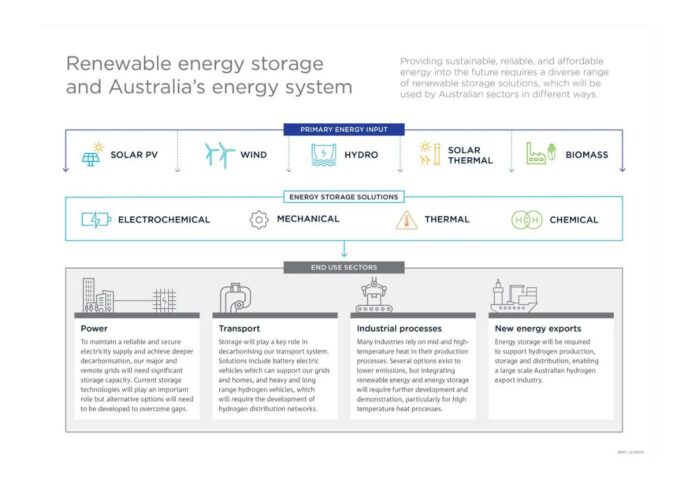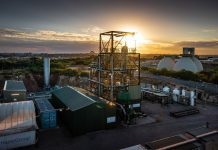
Australia’s national science agency CSIRO has unveiled its roadmap for renewable energy storage, a vital component of the country’s energy transformation that would require significant investment.
The roadmap, titled “Renewable Energy Storage Roadmap,” shows that storage capacity will need to increase dramatically over the next few decades to keep up with fast-rising power demand, which is expected to rise as the building and transportation industries electrify.
According to the analysis, the National Electricity Market (NEM) may require a 10- to 14-fold increase in electricity storage capacity between 2025 and 2050.
It also found that, although conventional storage technologies such as batteries and pumped hydro will continue to be important, all types of energy storage must be taken into account to satisfy Australia’s expanding demand in a variety of sectors.
In response to widespread issues with decarbonisation and technological readiness, the roadmap looks at storage’s role in seven different industries.
The Renewable Energy Storage Roadmap highlighted particular issues and available solutions and concludes that each industry favours a different type of storage technology.
While the nation begins to develop utility-scale storage capacity, CSIRO Chief Executive Larry Marshall remarked that new technologies would be required to boost the use of renewable energy sources and stabilise the grid.
“Over the long-term storage will accelerate the integration of renewables, enhancing grid stability and reliability, and supporting decarbonisation of industries,” Dr Marshall said.
He continued, “There is no silver bullet for reaching net zero so we need multiple shots on goal, like from renewables, batteries, hydrogen, thermal storage, pumped hydro, sustainable aviation fuels and a host of new science-driven technologies.”
Meanwhile, the roadmap, according to CSIRO Energy Director Dietmar Tourbier, is a significant step toward identifying effective energy storage technologies.
“For example, batteries may be the best option for local and short duration storage of electricity while thermal or heat energy (like steam) might be technology better suited for heat-intensive industries,” Dr Tourbier said.
According to him, significant knowledge gaps do, however, still exist, necessitating additional research to support wise decision-making, but it is evident that energy storage has been recognised as a priority by both the government and businesses.
“Co-investment is required across the system to accelerate technology commercialisation and scale up across a diverse portfolio of energy storage technologies,” Dr Tourbier added.
The roadmap expands on earlier works and scenarios to gauge storage needs for a variety of use cases and Australian jurisdictions.




















